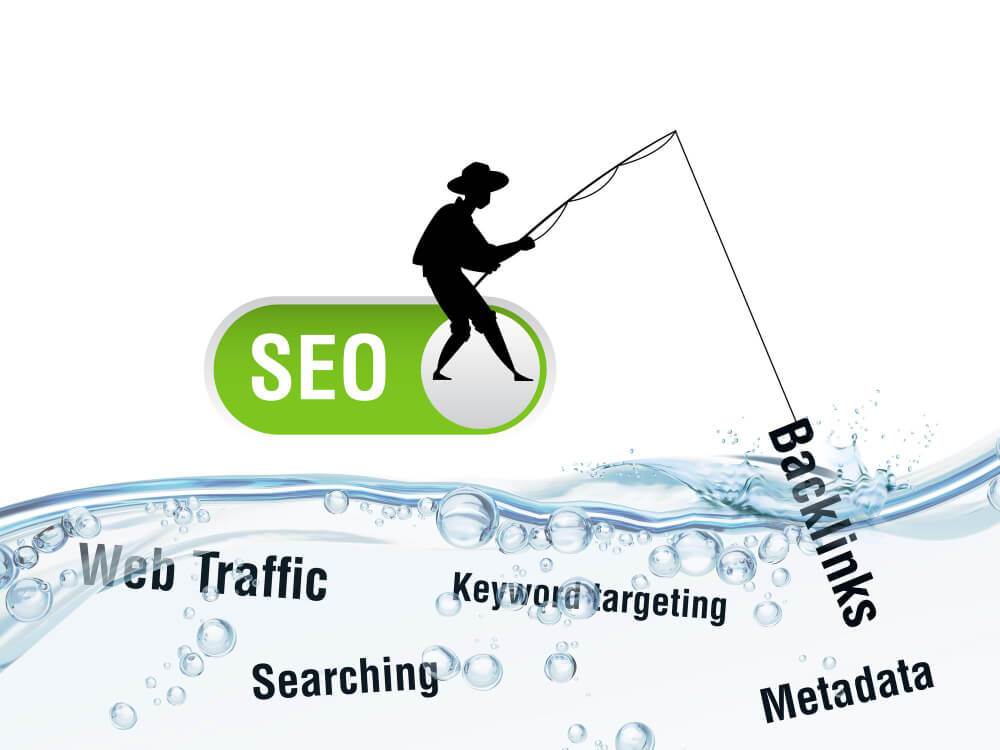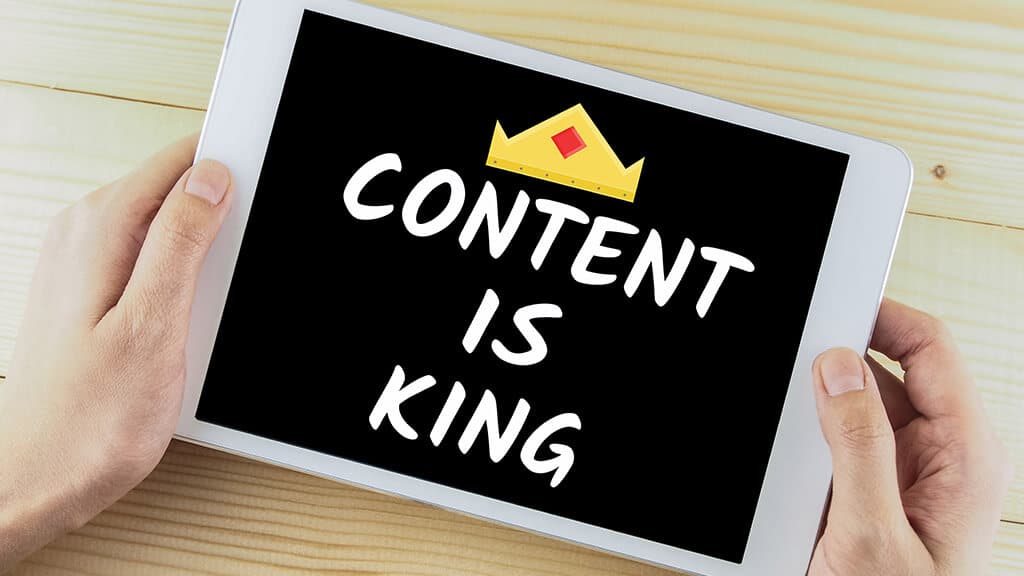Article marketing has long been a staple in digital marketing strategies for businesses and individuals looking to build their online presence, generate leads, and drive traffic to their websites.
With the ever-evolving landscape of digital marketing, one may wonder if article marketing remains a viable strategy in 2023. This comprehensive analysis will delve into the current state of article marketing, its continued relevance, and how to optimize your article marketing efforts for maximum results in today’s digital world.
The Shift in Article Marketing
Article marketing has come a long way since its inception, with the focus shifting from keyword-stuffed, low-quality content to well-researched, value-driven articles. Google’s algorithm updates, such as the Panda and Penguin updates, have forced marketers to prioritize high-quality content that offers genuine value to readers. This has resulted in a more competitive landscape, with businesses vying for the attention of their target audience through engaging and informative content.
The Rise of Content Marketing and SEO
The importance of content marketing has grown exponentially in recent years, as it enables businesses to connect with their audience and establish authority in their niche. Article marketing, as a subset of content marketing, remains a powerful tool to generate organic traffic and improve search engine rankings. The key to success lies in creating valuable, informative content that is optimized for search engine algorithms.
In 2023, search engine optimization (SEO) is still crucial for article marketing success. By optimizing your articles for relevant keywords and phrases, you can improve your website’s visibility and increase the chances of attracting organic traffic. It’s essential to stay updated on the latest SEO trends and best practices, as search engine algorithms continue to evolve and prioritize user experience.
Social Media and Article Marketing
The integration of social media into article marketing strategies has opened up new opportunities for content promotion and audience engagement. Sharing your articles on various social media platforms, such as Facebook, Twitter, LinkedIn, and Pinterest, can amplify your reach and drive traffic back to your website. Moreover, by encouraging your audience to share your content, you can increase your content’s virality, leading to even more traffic and potential leads.
In 2023, businesses need to leverage the power of social media by creating platform-specific content, actively engaging with their audience, and integrating share buttons on their website to encourage social sharing.
The Role of Guest Posting and Backlinks
Article marketing in 2023 also entails guest posting, which involves publishing articles on high-authority websites within your niche. By contributing valuable content to reputable websites, you can establish yourself as an industry expert, gain exposure to a wider audience, and generate valuable backlinks to your website. Backlinks remain a vital ranking factor in SEO, with high-quality backlinks signaling to search engines that your website is trustworthy and authoritative.
It’s crucial to focus on quality over quantity when it comes to guest posting. Rather than submitting articles to low-quality websites, target reputable websites with high domain authority and engage with their audience to maximize the benefits of guest posting.
Content Syndication and Repurposing
Another effective way to get the most out of your article marketing efforts in 2023 is through content syndication and repurposing. Content syndication involves publishing your existing content on third-party websites or platforms, which can help you reach new audiences and increase your website’s visibility. Be sure to syndicate your content to reputable platforms to avoid potential SEO issues.
Repurposing your content into different formats, such as infographics, videos, or podcasts, can help you cater to different audience preferences and extend the lifespan of your content. This multi-channel approach can generate additional traffic and leads, further enhancing the effectiveness of your article marketing strategy.
Measuring the Effectiveness of Article Marketing
To determine the effectiveness of your article marketing efforts, it’s essential to monitor and measure key performance indicators (KPIs) that reflect your goals. Some common KPIs for article marketing include:
Website Traffic: Analyzing the volume of traffic generated by your articles can help you determine the success of your content strategy. Track traffic sources, such as organic search, social media, or referrals, to identify which channels are driving the most traffic to your website.
Bounce Rate: The bounce rate represents the percentage of visitors who leave your website after viewing only one page. A high bounce rate may indicate that your content is not engaging enough or doesn’t meet the expectations of your audience. Aim to create high-quality, relevant content that keeps visitors engaged and encourages them to explore your website further.
Social Shares: Tracking the number of shares your articles receive on social media can help you gauge the popularity and virality of your content. Analyze which platforms generate the most shares to optimize your social media strategy and create content that resonates with your audience.
Backlinks: Monitor the number and quality of backlinks generated by your article marketing efforts. High-quality backlinks can improve your website’s domain authority, resulting in higher search engine rankings and increased organic traffic.
Conversion Rate: Ultimately, the goal of article marketing is to generate leads or conversions. Measure the conversion rate of your articles to determine how effectively your content is driving desired actions, such as newsletter sign-ups, product purchases, or service inquiries.
In 2023, article marketing remains an effective digital marketing strategy, provided that businesses prioritize high-quality, valuable content that resonates with their target audience. By optimizing your articles for SEO, leveraging social media, engaging in guest posting, and syndicating or repurposing your content, you can maximize the reach and impact of your article marketing efforts.
Regularly monitoring and measuring key performance indicators will ensure that your article marketing strategy remains relevant and effective in driving traffic, generating leads, and establishing your brand’s authority in your niche.
Embrace the ever-evolving landscape of digital marketing, and adapt your article marketing strategy to stay ahead of the competition and achieve your business goals.
How do I get started with article marketing?
Now that you understand the effectiveness of article marketing in 2023, you may be eager to get started and harness its potential for your business. This guide will provide you with a step-by-step approach to kickstart your article marketing journey.
Step 1: Define Your Goals and Objectives
Before diving into article marketing, it’s essential to establish clear goals and objectives. Consider what you want to achieve, whether it’s increasing brand awareness, generating leads, driving website traffic, or improving search engine rankings. Having a clear purpose will help you craft a more focused and effective strategy.
Step 2: Identify Your Target Audience
Understanding your target audience is crucial for creating content that resonates with them. Analyze your existing customer base or conduct market research to determine their demographics, interests, pain points, and preferences. This information will help you tailor your content to address their needs and capture their attention.
Step 3: Conduct Keyword Research
Keyword research is a critical component of article marketing, as it helps you identify the terms and phrases your target audience is searching for. Use keyword research tools, such as Google Keyword Planner, SEMrush, or Ahrefs, to find relevant keywords with a balance of high search volume and low competition. Incorporate these keywords into your articles to improve their search engine visibility and drive organic traffic.
Step 4: Create a Content Plan
Develop a content plan that outlines the topics you will cover, the type of content you will create (e.g., blog posts, how-to guides, case studies), and the frequency of publication. Consistency is key when it comes to article marketing, so aim to publish new content regularly to keep your audience engaged and maintain your search engine rankings.
Step 5: Craft High-Quality, Value-Driven Content
When creating articles for your marketing strategy, prioritize quality over quantity. Ensure your content is well-researched, informative, and provides genuine value to your readers. Engaging and useful content will encourage readers to share your articles, leading to increased visibility and credibility for your brand.
Step 6: Optimize Your Content for SEO
In addition to incorporating relevant keywords, optimize your articles for other SEO best practices. This includes writing compelling meta titles and descriptions, using proper header tags (H1, H2, H3), and creating a clean URL structure. Also, ensure that your website is mobile-friendly and has a fast loading speed to provide a seamless user experience.
Step 7: Promote Your Content on Social Media
Leverage the power of social media to promote your articles and reach a wider audience. Share your content on relevant platforms and engage with your audience through comments and direct messages. Encourage your readers to share your content by including social sharing buttons on your website.
Step 8: Engage in Guest Posting and Backlink Building
Reach out to reputable websites within your niche and offer to contribute guest posts. Guest posting is an excellent way to gain exposure, establish authority, and generate valuable backlinks for your website. Focus on creating high-quality content for your guest posts to maximize the benefits of this strategy.
Step 9: Syndicate and Repurpose Your Content
Maximize the reach and impact of your content by syndicating and repurposing it. Syndicate your articles on third-party platforms or websites to reach new audiences, and repurpose your content into different formats, such as videos, podcasts, or infographics, to cater to various audience preferences.
Step 10: Monitor and Measure Your Results
Track the performance of your article marketing efforts by monitoring key performance indicators (KPIs), such as website traffic, bounce rate, social shares, backlinks, and conversion rate. Use this data to analyze the effectiveness of your strategy, identify areas for improvement, and make data-driven decisions to optimize your article marketing efforts.
Step 11: Iterate and Refine Your Strategy
Article marketing is not a one-time process but rather an ongoing, iterative strategy. Continually analyze your results, learn from your successes and failures, and refine your approach based on data and feedback. Stay informed about the latest trends, SEO updates, and industry news to ensure your article marketing strategy remains relevant and effective in driving your desired results.
Getting started with article marketing may seem overwhelming at first, but by following these comprehensive steps, you can successfully launch and maintain a robust article marketing strategy. Remember that consistency, quality, and relevance are the cornerstones of effective article marketing.
By understanding your target audience, creating valuable content, and optimizing your efforts through SEO, social media, and content syndication, you can harness the power of article marketing to achieve your business goals in 2023 and beyond.










